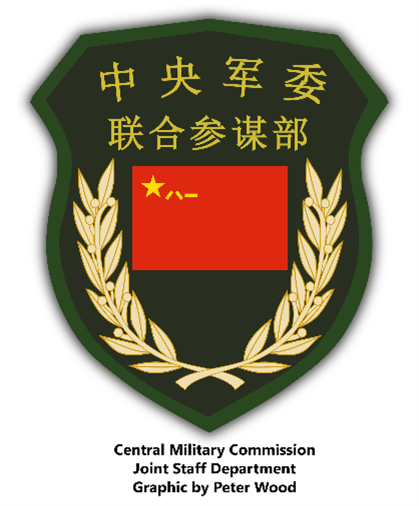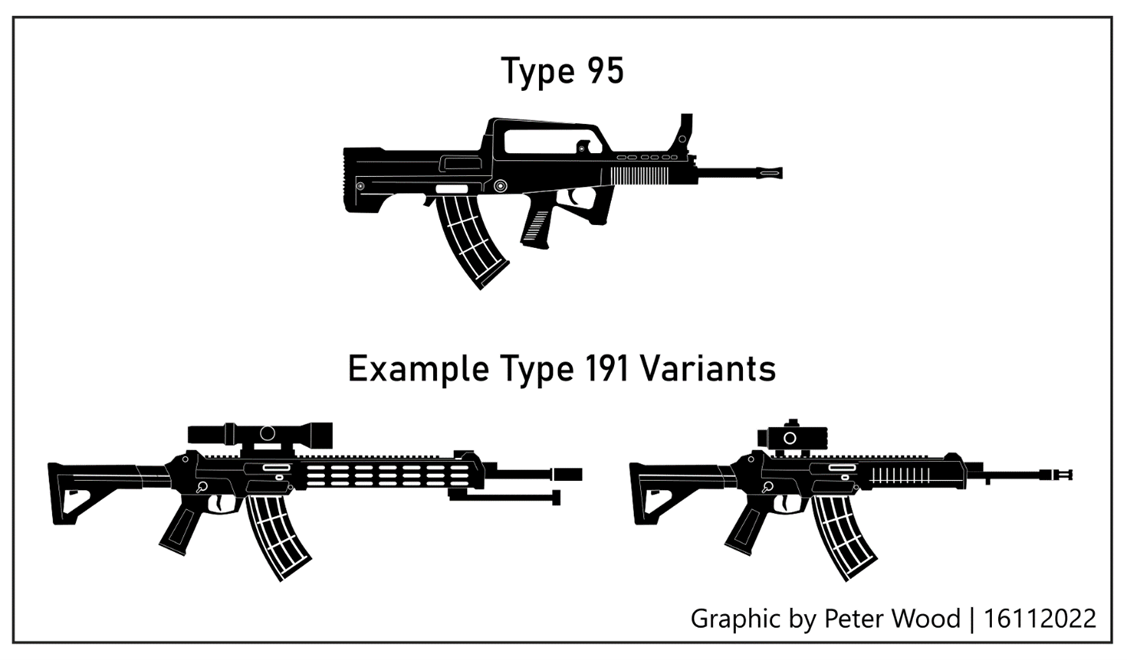
Flatpack Starlink communications satellites aboard a SpaceX Falcon 9 rocket.
“Compared with traditional orbits, ultra-low orbits can effectively reduce satellite development and launch costs, improve efficiency in collecting and transmitting data, and is suitable for satellite mass production with high-frequency launches.”
The following excerpt from Science & Technology Daily, the official newspaper of China’s Ministry of Science & Technology, quotes a senior leader of one of China’s main developers[i] of space and missile technologies discussing ultra-low earth orbit satellites, which could potentially be used for military applications. The article notes that ultra-low orbits range between 150-300 km. Low Earth Orbit (LEO) is typically defined as orbits at an altitude between 160-1000 km; the “Kármán line” at 100 km above sea level is typically used to describe where space begins.
As explained by Song Xiaoming, President of China Aerospace Science and Industry Corporation’s Second Academy, China plans to begin testing ultra-low-earth orbit satellites in September 2023. These satellites have higher revisit rates and can achieve superior or equal resolution in imaging at lower costs in both financial and weight terms, allowing mass production. Separate reporting claims that a manufacturing facility for the satellites could produce upwards of 240 such satellites per year.
Spacecraft in ultra-low and low-earth orbits experience greater drag from the atmosphere than those in higher orbits, shortening their service life. Two efforts could help address these issues: miniature engines to raise their orbits, and orbital refueling to replenish maneuver and altitude-control thrusters. Chinese media reports suggest that progress has already been made in these areas. In September 2022, China successfully completed tests of Hall thrusters on its satellites, raising the altitude of a satellite in LEO by nearly 300 km.[ii] Hall-effect thrusters use magnetic fields to ionize and accelerate propellants at very efficient levels with minimal weight requirements, making them optimal for spacecraft. China reportedly first tested on-orbit refueling in 2016 with the Tianyuan-1 satellite.[iii] China has also recently tested orbital sails, which help de-orbit debris, as well as improved data-transmission satellites, space-based debris detection satellites, and other technologies.[iv] If successful, the development of ultra-low earth orbit satellite constellations will further improve the revisit rate and volume of satellite imagery it is able to gather. However, the rapid revisit times, high-resolution imagery, quick manufacturing, and mass launch capabilities of satellites into these orbits strongly suggest they could be used for military applications as well.
Source:
“宋晓明委员:超低轨卫星星座首发星在研制 9月具备发射条件” (Committee Member Song Xiaoming: First Ultra-Low Earth Orbit Satellite is Under Development; Launch Planned for September), Science & Technology Daily [科技日报] (Official newspaper of PRC Ministry of Science & Technology [MOST]), 3 March 2023. http://digitalpaper.stdaily.com/http_www.kjrb.com/kjrb/html/2023-03/03/content_549908.htm?div=-1 According to Song Xiaoming, President of CASIC’s Second Academy, his institution is currently developing satellites for an ultra-low orbit satellite constellation, the first of which is planned for launch in September. After being placed into orbit, tests of key technologies are planned, including flight technology, high-resolution ground imaging, on-board intelligent processing, and information transmission to user terminals. Ultra-low orbit usually refers to an orbit at an altitude of 150-300 kilometers. Compared with traditional orbits, ultra-low orbits can effectively reduce satellite development and launch costs, improve efficiency in collecting and transmitting data, and is suitable for satellite mass production with high-frequency launches. Satellites in lower orbits can achieve the same resolution as satellites in higher orbits at a significant reduction in weight and cost. During the “14th Five-Year Plan” period (2021-2025), China proposed development of a remote sensing space infrastructure system with global coverage and efficient operation. Song Xiaoming said that in the face of urgent requirements such as higher resolution, shorter revisit cycles, and faster transmission speed, the Second Academy used its institutional advantages in small satellite, low-earth orbit communications and intelligent manufacturing to quickly carry out research on ultra-low orbits. The development of ultra-low orbit satellite constellations is intended to achieve similar performance as traditional satellite systems at lower costs and with a faster response time superior to other satellites. Other goals involve mass production and efficient, high tempo launches.
Notes:
[i] China Aerospace Science and Industry Corporation’s (中国航天科工) Second Academy [二院] has historically had responsibility for the development of surface-to-air missiles. See: Peter Wood, Alex Stone China’s Ballistic Missile Industry, China Aerospace Studies Institute (Affiliated with USAF Air University), 11 May 2021. https://www.airuniversity.af.edu/Portals/10/CASI/documents/Research/PLARF/2021-05-11%20Ballistic%20Missile%20Industry.pdf
[ii] “我国电推进系统首次完成低轨卫星升轨任务 (China’s Electric Propulsion System Carried Out Altitude Raising Mission for Low-Earth Orbit Satellites for First Time),” Xinhuanet, 21 September 2022.
http://www.xinhuanet.com/techpro/20220921/0239ec258f514bc7a23d846a1be49735/c.html
[iii] The name of the satellite translates literally “space resources No. 1.” Wang Yaowen [王握文] Zhang Feibo [章飞钹], “我国实现在轨卫星 ‘太空加油’ (China Achieves ‘Space Refueling’ with a satellite in Orbit),” PLA Daily (the official newspaper of PRC military), 1 July 2016. http://www.81.cn/201311jxjjh/2016-07/01/content_7182369.htm
[iv] See: Peter Wood, “China Debuts New Space Capabilities,” OE Watch, 10-2022. https://community.apan.org/wg/tradoc-g2/fmso/m/oe-watch-articles-2-singular-format/427695
Image Information:
Image: Flatpack Starlink communications satellites aboard a SpaceX Falcon 9 rocket
Source: https://upload.wikimedia.org/wikipedia/commons/9/91/Starlink_Mission_%2847926144123%29.jpg
Attribution: CC0, 24 May 2019









